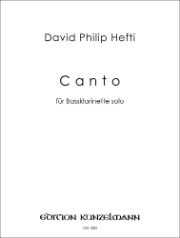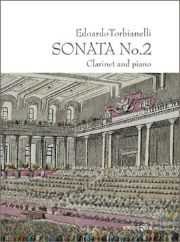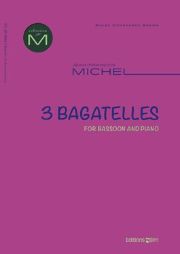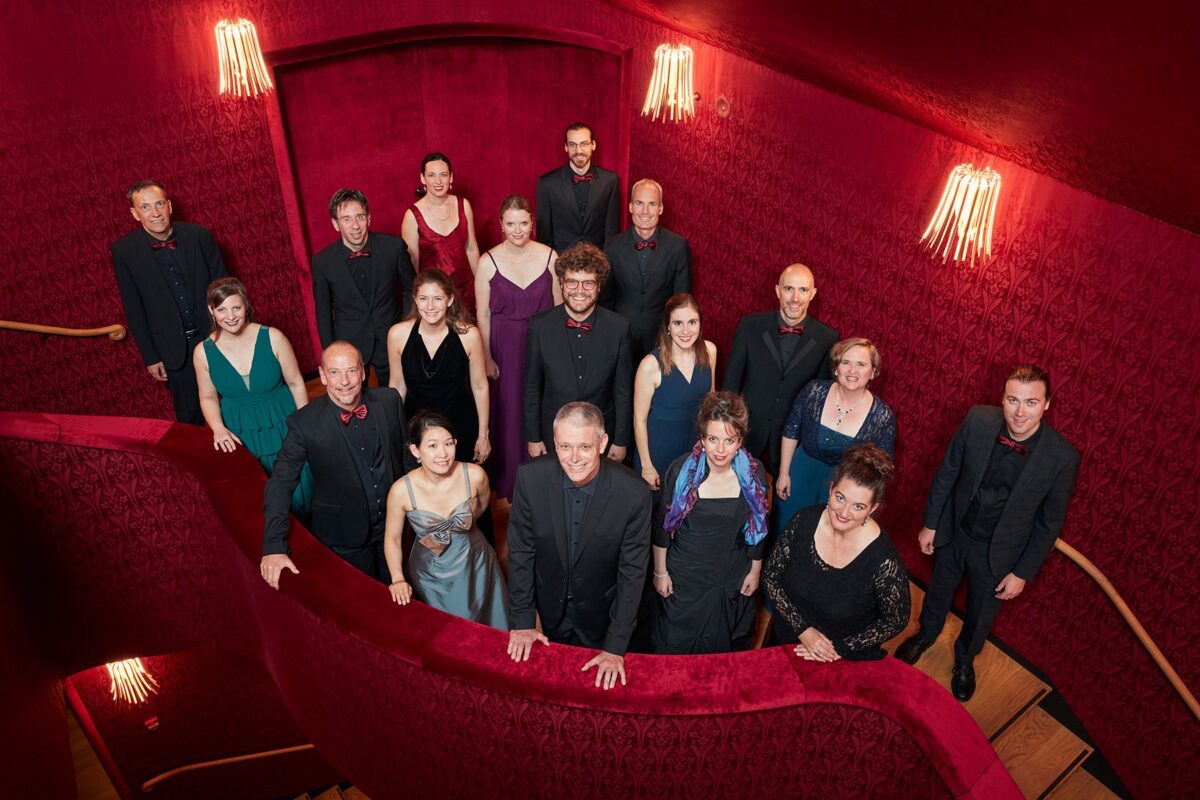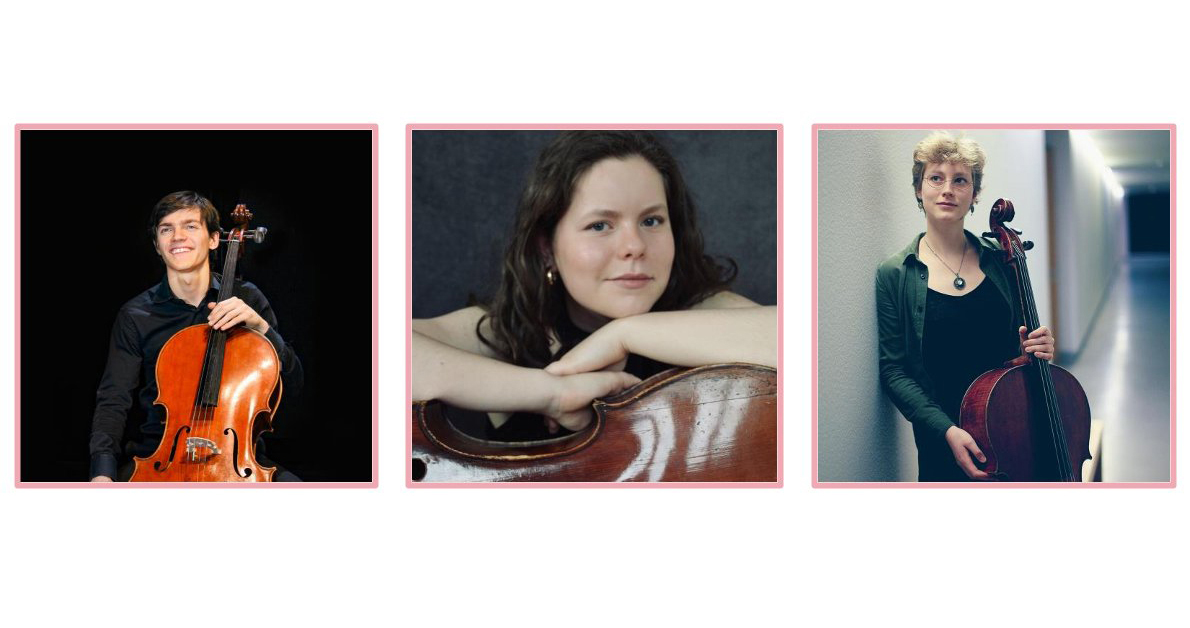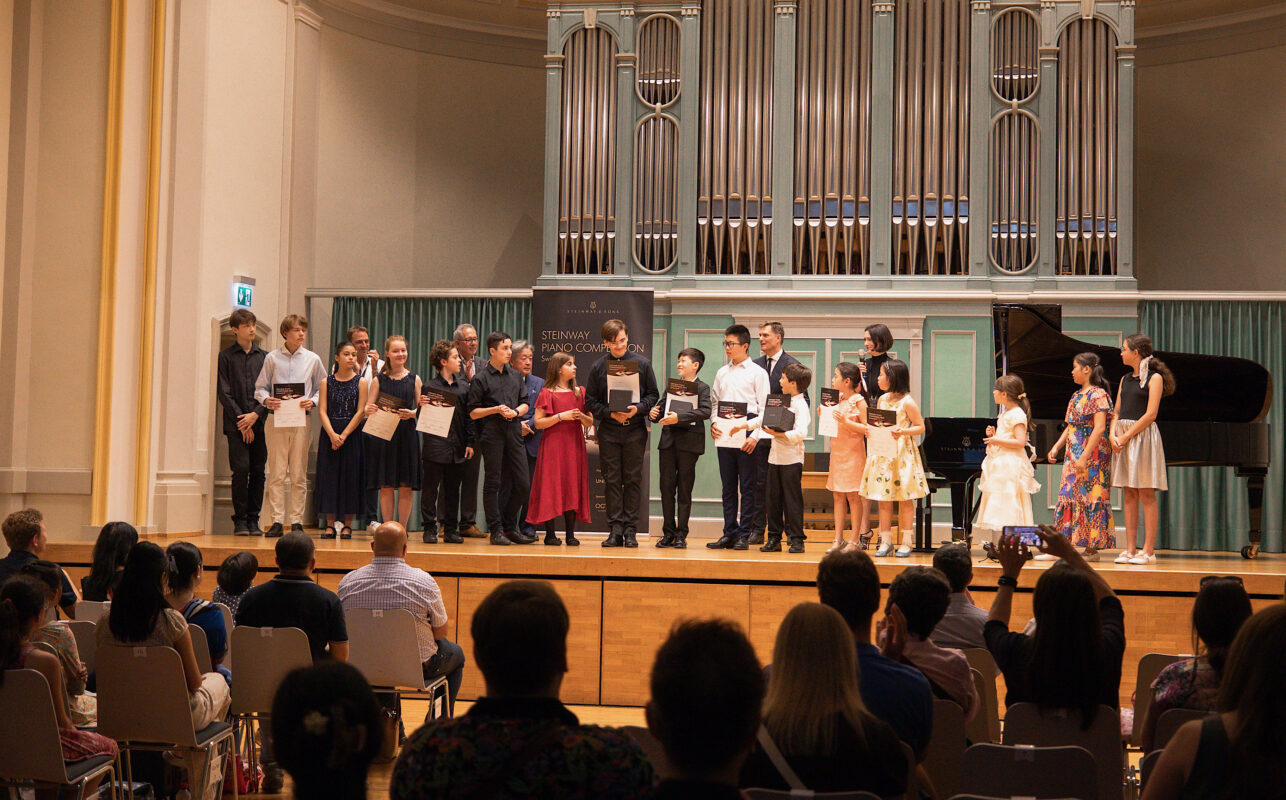New Swiss compositions
Works for clarinet, with or without piano, by David Philip Hefti, Edoardo Torbianelli and Jean-François Michel
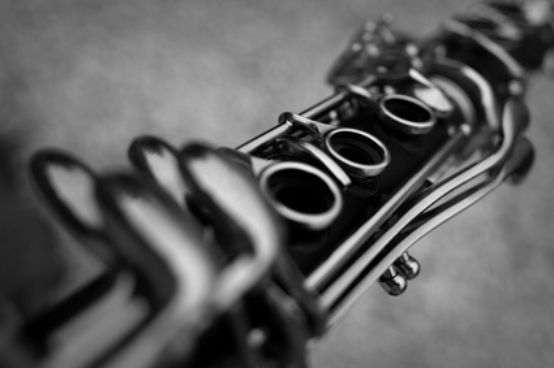
The three newly published works for clarinet presented here provide a wonderful insight into the diversity of contemporary composing. All three were written in 2012 by Swiss composers or composers living in Switzerland, which means that the basic similarities have already been mentioned. The first is a solo piece for bass clarinet, the second is a classical sonata for clarinet and piano, the third work is three bagatelles in a moderately modern, tonal style.
Canto for bass clarinet solo by the successful Zurich composer David Philip Hefti is dedicated to the clarinettist Elmar Schmid. The tone material is derived from the name of the dedicatee: E-La-Mi-A-Re eS-C-H-MI-D. The first name, consisting of fourth/quint intervals, proves to be less productive and no longer makes much of an appearance, but the tone sequence E-flat-C-B-E-D is used extensively. The seven-minute work derives its basic structure from two tempi (132/44) in a ratio of 3:1; these result in an alternation between calm, melodious and tonally exciting passages with many multiphonics on the one hand and hectic sections characterized by slaps, key and air noises as well as sometimes abrupt dynamic changes on the other. The recommended multiphonics work very well and result in interesting sound progressions.
David Philip Hefti, Canto, for bass clarinet solo, GM 1882, € 12.00, Edition Kunzelmann, Adliswil 2012
Edoardo Torbianelli speaks a completely different musical language in his Sonata No. 2 for clarinet and piano. Torbianelli was born in Trieste in 1970 and studied piano and harpsichord in his home town. Today, he works as a lecturer and specialist in historical performance practice, particularly in the classical-romantic period, at the Schola Cantorum Basiliensis and the Bern University of the Arts, among others.
His three-movement sonata was composed in the style of music in Vienna around 1805. The first movement of the twenty-minute work is entitled Allegro amabile, is in 3/4 time and is opened by the clarinet with a catchy C major triadic theme, which dominates the entire movement and finds its counterpart in a sustained, descending triadic figure. The second movement in 12/8 time with sparkling quavers in the piano captivates with a wonderfully cantabile melody in the clarinet, which is replaced in the middle section by some restlessness and drama. The third movement, entitled Finale - Tema con variazioni, is based on a theme by Antonio Salieri from the opera Les Danaïdes is the basis. The clarinettist can demonstrate his dexterity in the variations. This classical sonata from 2012 is a pleasure to play and enriches the classical repertoire for clarinet.
Edoardo Torbianelli, Sonata No. 2, for Clarinet and Piano, CL 34, Fr. 25.00, Edition Bim, Vuarmarens 2012
Once again, the Geneva trumpeter and composer Jean-François Michel takes us into another musical world with his 3 Bagatelles for clarinet and piano. With musical wit, he skillfully creates a kind of film score that allows vivid images to unfold before the listener's eyes. The first movement Cortège begins mysteriously with a rhythmically accentuated opening in the piano and a murmur in the clarinet, reminiscent of an early morning jester's procession. The clarinet then escalates into slightly absurd, grandiose gestures, alternately supported by the piano with flowing movements (the clarinet's previous murmur) or encouraging accompaniment. The second movement with the title Chanson is a calm cantilena with a lush melodious sound and an animated middle section. The final movement Trafic finally, constantly alternates between an even and odd basic pulse and draws its rhythmic conciseness from this. The clarinettist can live out his virtuosity in sparkling cascades. The movement is effective and demands solid finger technique from the performer.
The bagatelles, with a duration of approx. 11 minutes, are suitable both for advanced pupils, e.g. as competition pieces, and as an entertaining interlude in a concert.
Jean-François Michel, 3 Bagatelles, for clarinet and piano, CL 36, Fr. 15.00, Edition Bim, Vuarmarens 2012






